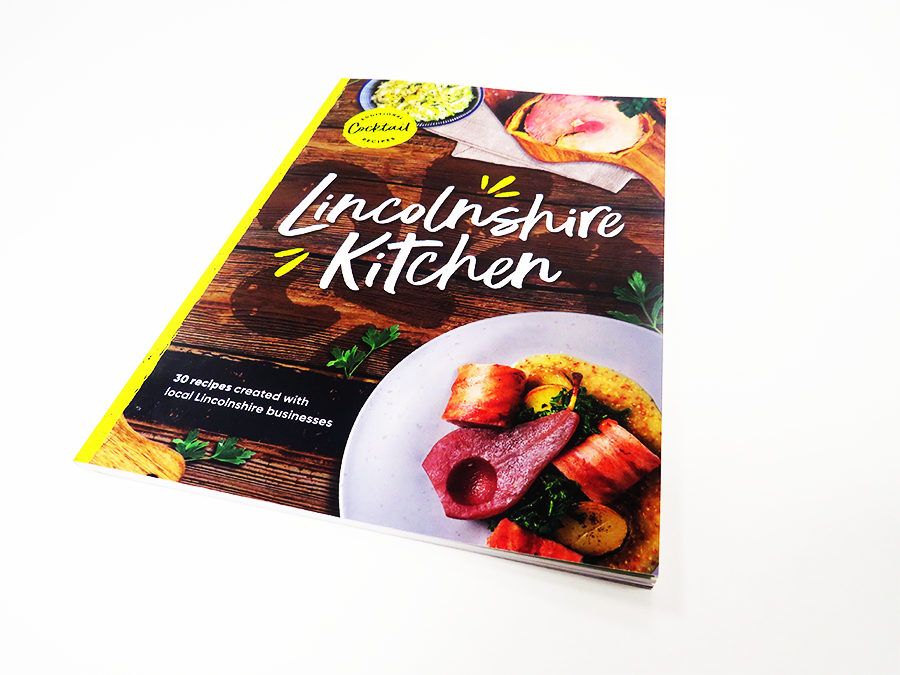
An expert guide to booklet binding
The design is complete.
The document has been made print ready.
Now it is time to decide how you are going to put it all together.
But with so many binding options available, how do you decide which is right for your publication?
Thankfully, we have a wealth of experience in this topic and have put together a breakdown of the most popular binding methods and which one could be right for you and your next print project.
Staple Bound
Staple-bound (or saddle-stitched) is one of the most popular and easiest forms of binding which involves folding, creasing and stapling pages together. It is most commonly used for:
- Magazines
- Brochures
- Menus
- Information booklets
Staple-bound is likely to be the perfect option for you if:
- Your budget is limited
- Need a fast turnaround
- Your document is between 8 to 52 pages
Wire Bound
Wire bound, also known as wire-o bound or spiral, involves the insertion of a wire or pair of wire loops through holes that have been punched through the pages. For spiral-bound, the wire ends are folded to prevent the sheets from coming loose. Wire bound is commonly used for:
- Calendars
- Training manuals
- Cookbooks
- Notebooks
Choose wire bound for your document if you:
- Want durability
- Have an odd number of pages
- Need to lay your booklet flat when opened
Perfect Bound
In simple terms, perfect bound is where folded pages of printed products are glued together with a cover page wrapped around and all pressed together. This process results in a booklet with a spine. This binding process is normally used for:
- Catalogues
- Magazines
- Soft-cover books
Perfect bound should be used if you are:
- Wanting a professional and luxury look and feel
- Working with 40 pages or more
- Wanting to stack and store the booklet
Thread Sewn
Thread sewn is a very strong binding method that is complex and quite costly, making it ideal for high-quality publications such as:
- Fiction books
- Catalogues
- Artbooks
When documents go through thread sewn binding, individual pages are folded, assembled and then sewn together. It is then glued on the spine and trimmed on three sides. Thread sewn binding may be appropriate if you:
- Need a lot of pages bound together (even 1000!)
- Want something long-lasting and stable
- Looking for an option that can use a wide selection of fabrics and materials
These are just a few binding options available but when you are determining the best method for your next print project, we recommend considering the following:
- Budget
- Number of pages
- Objectives of the campaign
- Usability
- Timescales
Still a bit confused?
Our team are here to help with all your printing needs and can advise you on the perfect way to bring your project to life. Give us a call on 01522 300222 or send us an email to discuss your requirements – we’ll be happy to help.


